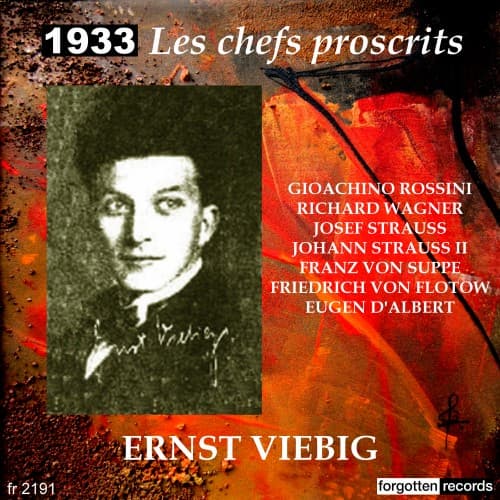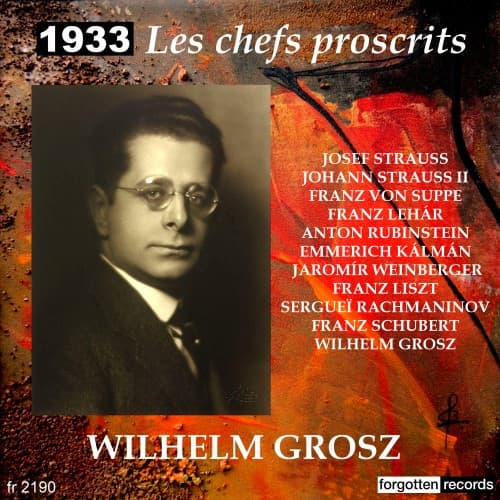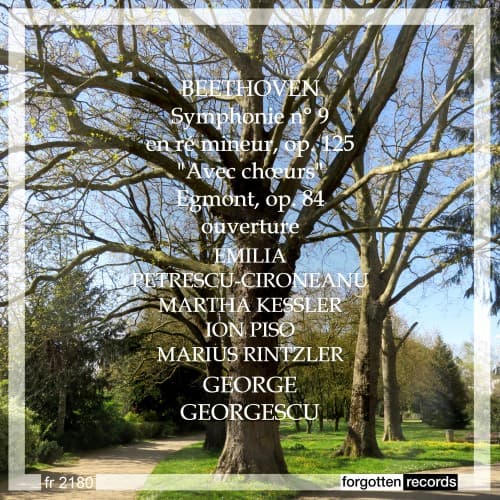Gold from the New World flooded Spain in the 16th century, and musical culture followed it. Charles V travelled with his capilla flamenca, his Flemish chapel that accompanied him around Spain and into his northern empire. Singers and composers of
Archives
Three of Rossini’s operas mark turning points in his development as an opera composer. Semiramide, Guillaume Tell, and La gazza ladra (The Thieving Magpie) each gather up a summary of his operatic development to that point and are made into
The 1850s and 1860s were the start of operetta on the stages of Vienna. Following Jacques Offenbach’s lead, Austrian composer Franz von Suppé (1819–1895), who came to Vienna from present-day Croatia in 1840, found his career first in conducting and
American composer Edward MacDowell (1860–1908) was a talented child, pursuing his interests in art, writing, and music. He started his piano lessons at age 8 with a family friend, who also encouraged his compositional skills. At age 15, he went
Opera overtures, as a separate genre of classical music apart from their operas, are tied with the history of the symphony and the overture. In the 17th century, a musical form called the ‘overture’ started in France, associated with the
Beethoven’s incidental music for Goethe’s play Egmont included not only the overture but also songs and entr’acte music. It is only the overture that we are familiar with today. Beethoven was considering a number of projects, including an opera based
Camille Saint-Saëns (1835–1921), in his youth, supported the modern music of his day, including that of Schumann, Liszt, and Wagner, but later took a dislike to the impressionist and expressionist composers’ works, which led many to label him as anti-progressive.
Bach used the material in his Easter Oratorio several times. Its original appearance was as an oratorio for Easter 1725. It was composed in Leipzig and first performed on 1 April 1725 under the title Kommt, eilet und laufet (Come,








